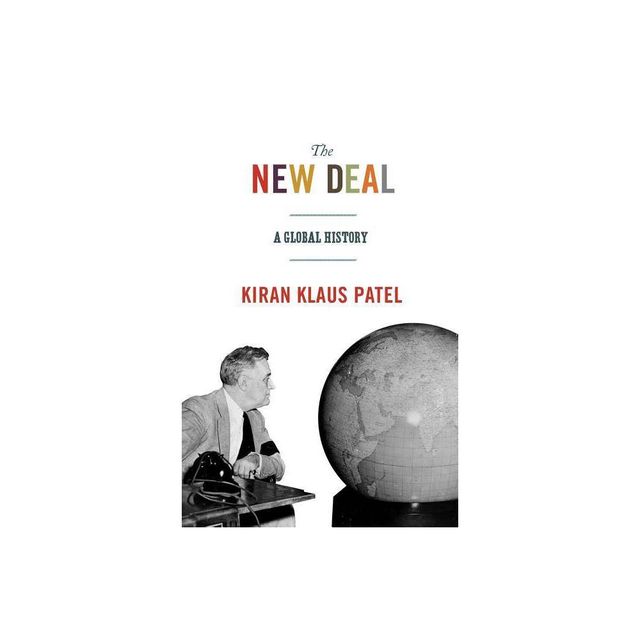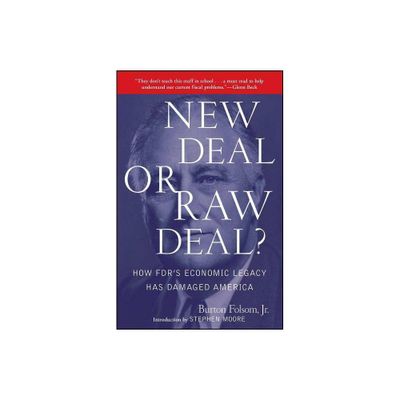Home
A New Deal for China's Workers?
Loading Inventory...
Barnes and Noble
A New Deal for China's Workers?
Current price: $57.00


Barnes and Noble
A New Deal for China's Workers?
Current price: $57.00
Loading Inventory...
Size: Hardcover
*Product Information may vary - to confirm product availability, pricing, and additional information please contact Barnes and Noble
China’s labor landscape is changing, and it is transforming the global economy in ways that we cannot afford to ignore. Once-silent workers have found their voice, organizing momentous protests, such as the 2010 Honda strikes, and demanding a better deal. China’s leaders have responded not only with repression but with reforms. Are China’s workers on the verge of a breakthrough in industrial relations and labor law reminiscent of the American New Deal?
In
A New Deal for China’s Workers?
Cynthia Estlund views this changing landscape through the comparative lens of America’s twentieth-century experience with industrial unrest. China’s leaders hope to replicate the widely shared prosperity, political legitimacy, and stability that flowed from America’s New Deal, but they are irrevocably opposed to the independent trade unions and mass mobilization that were central to bringing it about. Estlund argues that the specter of an independent labor movement, seen as an existential threat to China’s one-party regime, is both driving and constraining every facet of its response to restless workers.
China’s leaders draw on an increasingly sophisticated toolkit in their effort to contain worker activism. The result is a surprising mix of repression and concession, confrontation and cooptation, flaws and functionality, rigidity and pragmatism. If China’s laborers achieve a New Deal, it will be a New Deal with Chinese characteristics, very unlike what workers in the West achieved in the last century. Estlund’s sharp observations and crisp comparative analysis make China’s labor unrest and reform legible to Western readers.
In
A New Deal for China’s Workers?
Cynthia Estlund views this changing landscape through the comparative lens of America’s twentieth-century experience with industrial unrest. China’s leaders hope to replicate the widely shared prosperity, political legitimacy, and stability that flowed from America’s New Deal, but they are irrevocably opposed to the independent trade unions and mass mobilization that were central to bringing it about. Estlund argues that the specter of an independent labor movement, seen as an existential threat to China’s one-party regime, is both driving and constraining every facet of its response to restless workers.
China’s leaders draw on an increasingly sophisticated toolkit in their effort to contain worker activism. The result is a surprising mix of repression and concession, confrontation and cooptation, flaws and functionality, rigidity and pragmatism. If China’s laborers achieve a New Deal, it will be a New Deal with Chinese characteristics, very unlike what workers in the West achieved in the last century. Estlund’s sharp observations and crisp comparative analysis make China’s labor unrest and reform legible to Western readers.


















